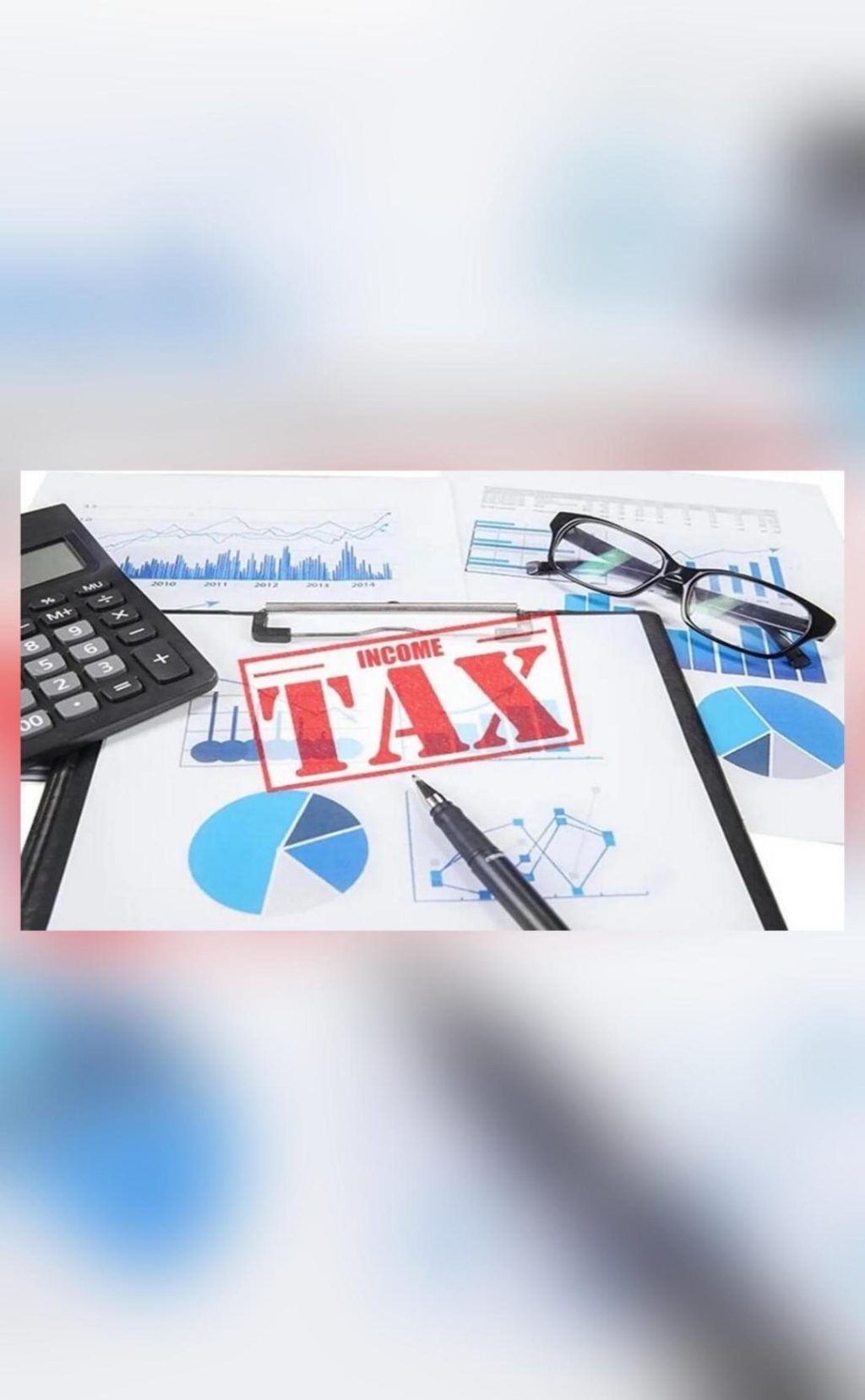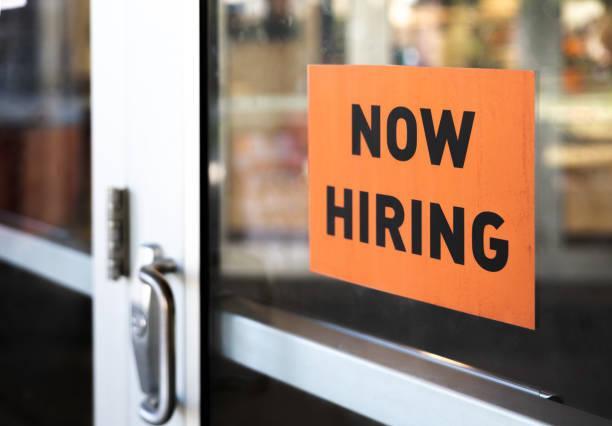
How Long Does It Take to Get a Tax Refund & When is it Applicable?
Filing an Income Tax Return (ITR) is an essential part of our annual financial responsibilities. As the financial year 2024-2025 comes to a close, many individuals are gearing up to submit their ITRs. One of the most anticipated aspects of filing an ITR is receiving a tax refund, if applicable. But have you ever wondered when is a tax refund applicable and how long does it take to receive it? In this blog post, we’ll delve into the world of tax refunds and provide you with the answers you’ve been searching for.
When is a Tax Refund Applicable?
A tax refund is applicable when the tax amount paid is more than the total tax liability based on one’s income in the financial year. In other words, if you’ve paid more taxes than you’re actually supposed to, you’re eligible for a refund. This can happen when you’ve paid taxes in advance or have overestimated your income, leading to an excess payment of taxes.
How to Receive a Tax Refund?
To receive a tax refund, taxpayers must e-verify their ITRs. This is a crucial step in the process, as it enables the Income Tax Department to verify the accuracy of the information submitted by the taxpayer. After e-verification is completed, the IT department takes about four to five weeks to process the refund.
What Happens After E-Verification?
Once the e-verification process is complete, the IT department starts processing the refund. This is a manual process, which is why it takes some time to receive the refund. The department verifies the information submitted by the taxpayer and checks if there are any discrepancies or errors. If everything is in order, the refund is then processed and credited to the taxpayer’s bank account.
Factors Affecting the Refund Process
The time it takes to receive a tax refund can vary depending on several factors. These include:
- E-verification status: If the e-verification process is delayed or incomplete, it can slow down the refund process.
- IT department workload: The IT department receives a large number of ITRs during the peak tax filing season, which can lead to delays in processing refunds.
- Bank account details: If the taxpayer has provided incorrect or incomplete bank account details, it can cause delays in receiving the refund.
- TDS refunds: Tax refunds related to TDS (Tax Deducted at Source) can take longer to process, as they require additional verification and processing.
Tips to Speed Up the Refund Process
Here are some tips to help speed up the refund process:
- E-verify your ITR: Make sure to e-verify your ITR as soon as possible to avoid delays.
- Provide accurate information: Ensure that all information submitted is accurate and complete to avoid any errors or discrepancies.
- Check your bank account details: Verify that your bank account details are correct and up-to-date to ensure a smooth refund process.
- Avoid filing ITR at the last minute: Filing your ITR at the last minute can lead to delays and errors, which can slow down the refund process.
Conclusion
Filing an ITR and receiving a tax refund can be a complex and time-consuming process. However, by understanding when a tax refund is applicable and how long it takes to receive it, you can better plan your finances and avoid any potential delays. Remember to e-verify your ITR, provide accurate information, and check your bank account details to ensure a smooth refund process. With these tips and a little patience, you can receive your tax refund in no time.
Source:






